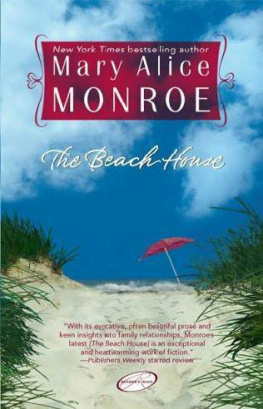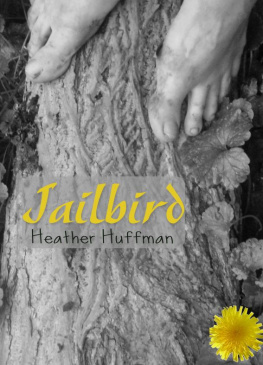Thank you for downloading this Simon & Schuster ebook.
Get a FREE ebook when you join our mailing list. Plus, get updates on new releases, deals, recommended reads, and more from Simon & Schuster. Click below to sign up and see terms and conditions.
CLICK HERE TO SIGN UP
Already a subscriber? Provide your email again so we can register this ebook and send you more of what you like to read. You will continue to receive exclusive offers in your inbox.
We hope you enjoyed reading this Simon & Schuster ebook.
Get a FREE ebook when you join our mailing list. Plus, get updates on new releases, deals, recommended reads, and more from Simon & Schuster. Click below to sign up and see terms and conditions.
CLICK HERE TO SIGN UP
Already a subscriber? Provide your email again so we can register this ebook and send you more of what you like to read. You will continue to receive exclusive offers in your inbox.
For Louise Burke and Jennifer Bergstrom
With great love and deep appreciation
Dear Reader,
If you are like me, you love to walk the beach and see flocks of shorebirds and seabirds gathered at the waters edge... pelicans gliding gracefully over the sea in formation... peeps playing tag with the waves. Shorebirds are some of the worlds most amazing migrants. Many species journey thousands of miles each year. During their travels, they stop to rest and fuel at important way stations, which is critical for their survival. Disturbances force them to use vital energy. For nesting birds, the parents must leave their nest exposing eggs and/or young to predation. Surveys of migrant shorebirds in the last three decades indicate most shorebirds are in serious decline.
Many of my readers ask, What can I do to help?
There are simple but crucially important steps you can take to make a difference.
Do not let dogs or children chase or scatter shorebirds. Leash dogs when shorebirds are near. Honestly, if we just do this we will have made a difference!
Keep away from posted nesting and feeding areas. You can unknowingly step on nests.
Be aware of birds calling loudly nearby, which indicates that you are too close to nests or chicks.
Avoid the ends of barrier islands, inlets, and remote stretches of beach where birds cluster. Again, dont let your dogs run free in these areas.
Take your trash with you.
Avoid landing boats on small islands where birds (i.e. pelicans) nest.
Make certain all fishing line and hooks are cleared away after use and not left in the water.
Teach your children and grandchildren to appreciate shorebirds and seabirds. They are tomorrows stewards!
With your help, our beloved shorebirds will be here for future generations to enjoy.
Mary Alice Monroe
Part One
ARRIVAL

Barbara J. Bergwerf
RED KNOT
One of the largest sandpipers, red knots are bulky with a medium-size bill and ruddy-colored plumage in the breeding season. A large portion of the species travel thousands of miles to spend the winter in the southern part of South America, while another portion of the species spends the winter on the southeastern coast of the United States. Knots nest each year in high arctic regions. Overall, the number of red knots has declined nearly 75 percent over the last fifteen years.
Conservation status: Greatest Concern
Chapter One

Isle of Palms, South Carolina
April 2016
T HE BEACH HOUSE sat perched on a dune overlooking the Atlantic Ocean. Small and yellow, it blended in with the waves of sweetgrass and sea oats and the delicate yellow primroses for which the cottage was named. For eighty-five years it had endured the fury of hurricanes, the rush of tidal surges, and the ravages of the salt-tinged air. It had withstood the test of time.
The beach house was a survivor.
As was she, Cara Rutledge thought, staring up at the house. She held a paintbrush in one hand and, shading her eyes from the gentle rays of the sun with the other, surveyed the fresh coat of gleaming white paint shed just finished applying to the front porch and railings. How many times had she painted these porches? she wondered. Or repaired the pergola, fixed the plumbing, trimmed the shrubs and trees? Living by the sea was a constant exercise in the art of nip and tuck, especially for an old cottage like Primrose. But she didnt mind the time or expense. She would repair and paint it every year she could still lift a paintbrush or afford a plumber. Because even more than the historic house on Tradd Street in Charleston, or the treasured, centuries-old family antiques that filled the Rutledge familys home, this modest 1930s beach house held the real memories of her family.
Only the good memories, she corrected herself with a wistful smile as her thoughts floated back to the halcyon days of her childhood.
When she was growing up, summer meant leaving the bustle and noise of Charleston and coming out to Primrose Cottage on the Isle of Palms with her mother, Olivia, and older brother, Palmer. It might have been only a trip across the Grace Bridge, some twenty miles, but back in the day, the change was so significant they might as well have journeyed to another country. Many of the girls she knew from school spent summers at family cottages on Sullivans Island. But her mother claimed she preferred the relative isolation and the maritime forest on Isle of Palms. Cara, too, had preferred the Huck Finn lifestyle of Isle of Palms, where her mother would open the screen door and let her children run wild till the dinner bell at 5 p.m.
Cara sighed, slipping into the vortex of memories. Her gaze scanned the quaint cottage under the brilliant azure sky. She had achieved many lifetime firsts here. Shed learned to swim on the beach just beyond the house, kissed her first boyfriend on the back porch, confided secrets with her best friend, Emmi, over cookies and sweet tea in the kitchen, broken her first bone falling from the live oak tree that thrived until Hurricane Hugo blew it down. Shed caught her first fish from Hamlin Creek on the back of the island, and made love with Brett amid the clicking sea oats on the dunes. Of all her memories, those of the man shed fallen in love with late in life, married, and forged a new life with here on Isle of Palms were the sweetest.
Cara closed her eyes and took a deep breath, inhaling the sweet sea air. She heard the sounds of the islandthe soft humming of bees, the purr of the ocean. She felt the caress of a breeze ruffle her hair. Whenever she had memories of the beach house, the image of her mother formed in her mind. Olivia Rutledge, affectionately known as Lovieslight, ageless, her blond hair pulled back into a stylish chignon, her blue eyes shining with warmth. Opening her eyes, Cara almost expected to see her mother walking around the corner carrying the red turtle team bucket.
Primrose Cottage had been her mothers beach house. No, Cara thought on reflection. More than her house. The cottage had been her mothers sanctuary. Her place of refuge. Her source of inspiration. Lovie had come here to escape the burdens of her social obligations in Charleston. On the island she was free to pursue her passionsea turtles. Lovie had been the Isle of Palmss first sea turtle lady. Shed formed the first turtle team. Shed even named her only daughter Caretta, after the Latin name for the loggerhead, much to Caras lifelong chagrin.

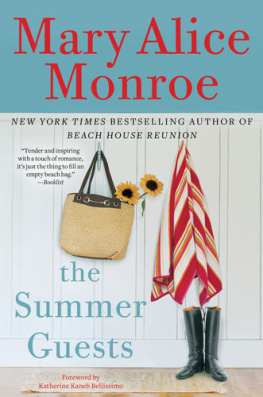
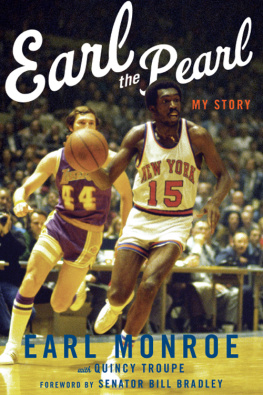
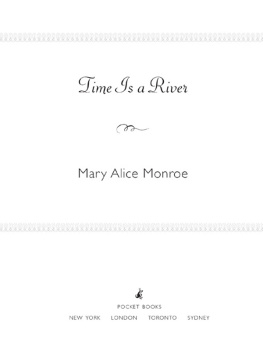

![Monroe - The summers end. [Bk. 3]](/uploads/posts/book/221395/thumbs/monroe-the-summer-s-end-bk-3.jpg)

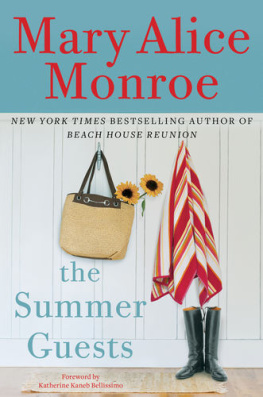



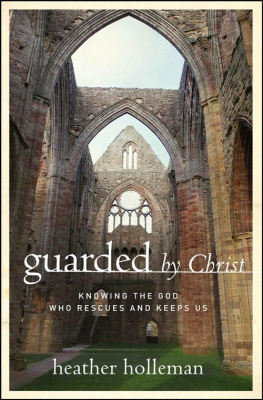


![Monroe - Beach house memories. [Bk. 2]](/uploads/posts/book/221230/thumbs/monroe-beach-house-memories-bk-2.jpg)
